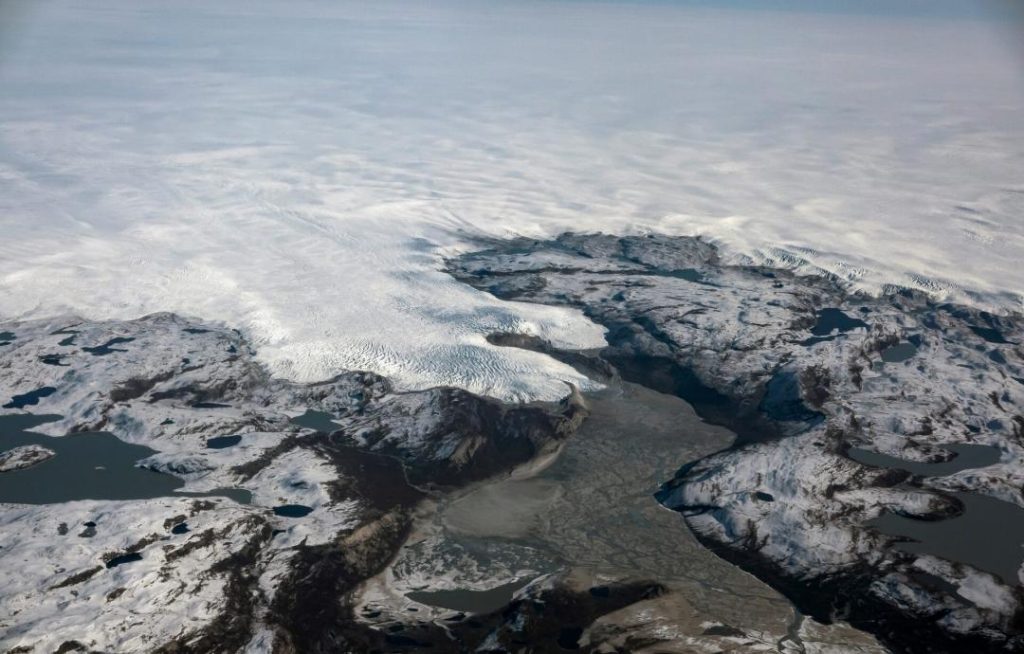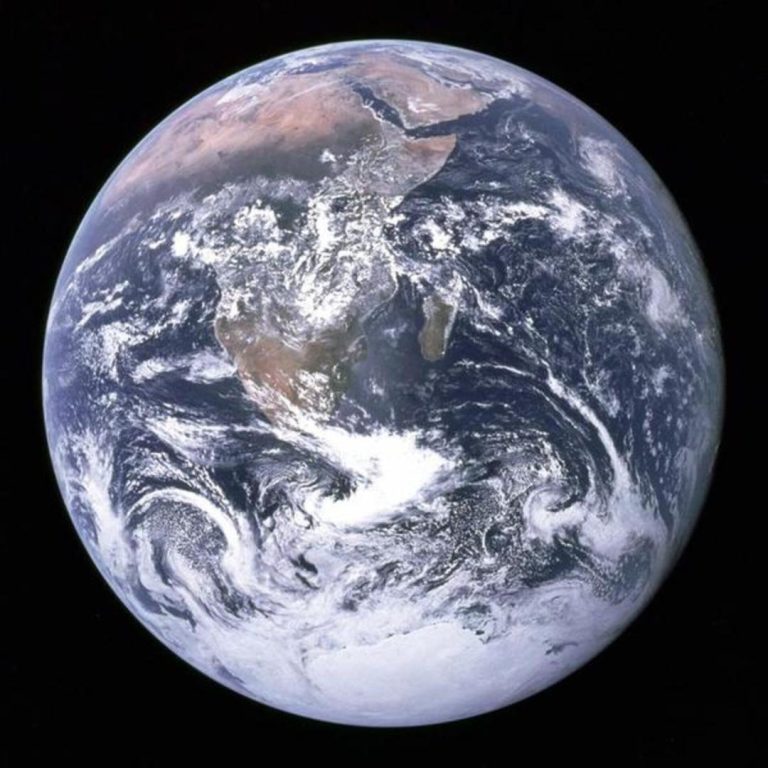
Greenland Lost 55 Gigatons of Ice in a Year: A Devastating Reality
The National Oceanic and Atmospheric Administration (NOAA) has released a shocking report that highlights the alarming rate at which Greenland’s ice sheet is melting. According to the report, Greenland lost a staggering 55 gigatons of ice and snow between fall 2023 and fall 2024. This is not an isolated incident; in fact, Greenland has been shedding ice for an unprecedented 28th consecutive year. The sheer scale of the loss is staggering: since 1992, Greenland has lost an astonishing 5 trillion tons of ice.
The consequences of such a rapid ice melt are far-reaching and have significant implications for the planet. Rising sea levels, altered global weather patterns, and a heightened risk of extreme weather events are just a few of the devastating effects that scientists have warned about. The latest data from NOAA serves as a stark reminder of the urgent need for climate action.
But what’s behind this unprecedented ice melt? Researchers have been working tirelessly to uncover the answers, and a recent experiment using drones has provided some crucial insights. For the first time, scientists were able to collect detailed measurements of water vapor high above the Greenland ice sheet’s surface. This data has shed new light on the complex processes driving the melting, and it’s a game-changer for our understanding of this critical region.
A 28-Year Trend of Ice Loss
The data from NOAA is part of a long-term study that has been monitoring Greenland’s ice sheet since the early 1990s. The trend is clear: Greenland has been losing ice at an unprecedented rate for nearly three decades. The 55 gigatons of ice lost between fall 2023 and fall 2024 is a significant increase from previous years, and it’s a worrying sign of the accelerating pace of climate change.
So, what’s causing this rapid ice melt? Scientists point to a combination of factors, including rising global temperatures, changes in ocean circulation, and increased melting due to human activities such as deforestation and pollution. The data from NOAA confirms that the ice sheet is losing mass at an alarming rate, with some areas experiencing melting rates of up to 10 meters (33 feet) per year.
A New Era of Research: Measuring Water Vapor Above the Ice Sheet
The recent drone experiment has provided a significant breakthrough in our understanding of the Greenland ice sheet. By collecting detailed measurements of water vapor high above the ice sheet’s surface, researchers have gained valuable insights into the complex processes driving the melting.
The drone, equipped with advanced sensors, was able to collect data on the concentration of water vapor in the atmosphere above the ice sheet. This information has allowed scientists to better understand how the ice sheet interacts with the surrounding environment, including the oceans and the atmosphere.
The data suggests that changes in ocean circulation and temperature are playing a significant role in the melting of the ice sheet. Warmer ocean waters are melting the ice from below, while changes in atmospheric circulation are causing more moisture to be deposited on the ice surface. This combination of factors is accelerating the melting rate, and the data from the drone experiment has confirmed this hypothesis.
The Consequences of Climate Change
The loss of Greenland’s ice sheet has far-reaching consequences for the planet. Rising sea levels, for example, will have devastating effects on coastal communities and low-lying areas around the world. Altered global weather patterns will lead to more extreme weather events, such as intense storms and droughts. The loss of ice will also have a significant impact on global temperatures, leading to further amplification of the greenhouse effect.
The news from Greenland is a stark reminder of the urgent need for climate action. The window for taking action is rapidly closing, and it’s essential that governments, corporations, and individuals work together to reduce greenhouse gas emissions and transition to a more sustainable future.
Conclusion
The loss of 55 gigatons of ice from Greenland’s ice sheet is a devastating reality that highlights the urgent need for climate action. The data from NOAA confirms that the ice sheet is losing mass at an unprecedented rate, and the consequences of inaction will be catastrophic.
The recent drone experiment has provided a crucial breakthrough in our understanding of the Greenland ice sheet, and it’s a testament to the power of scientific research in uncovering the truth about climate change. As we move forward, it’s essential that we continue to support research into the causes and consequences of climate change, and that we take immediate action to reduce our carbon footprint and transition to a more sustainable future.
Source:
https://www.colorado.edu/today/2025/03/27/drone-experiment-reveals-how-greenland-ice-sheet-changing






